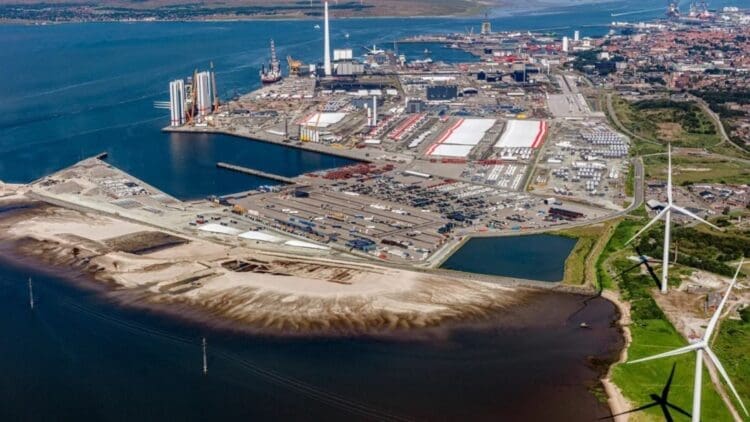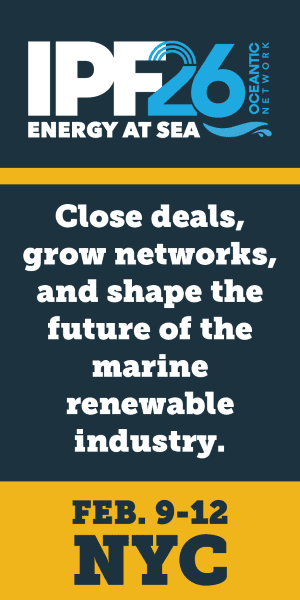As the world economy continues to grow, ports and traffic hubs will need to grow along with it. Now, the Esbjerg Port in Denmark has completed a massive expansion that has the potential to change the outlook for the wind sector in the region. Demark is a relatively small nation and relies on the port for a majority of the trade coming through the country. Port officials reported that the dredging operations followed all necessary regulatory requirements. The Port of Esbjerg could become a global leader among the myriad of ports around the world.
Another phase of the Esbjerg expansion has been completed, thanks to the excellent engineering standards
As the digital revolution brings the world closer together and fosters cooperative relationships, trade between nations and companies has become as simple as clicking a button. The world is getting smaller, so it would make sense to widen and deepen the world’s ports to accommodate large vessels that move the world’s goods from one country to the next.
The Port of Esbjerg has now completed the next phase of a huge expansion that could revolutionize the sector in Denmark and Europe as a whole. The Port added roughly 570,000 m² of space for vessels to pass through the essential port.
Officials reported that the fifth stage of the planned expansion has now been completed. The stage saw an impressive achievement of suction-dredging approximately four million cubic metres of sand and clay, which has moved the port boundary all the way to the Wadden Sea.
The expansion is roughly the size of 80 football pitches, and expanding one of Denmark’s largest ports by more than 10 per cent represents a significant milestone that once again cements the port’s position as a global hub.
Port officials praised the successful expansion and underscored the importance the port plays in the international trade sector.
“Port Esbjerg is of international importance. This expansion is crucial in our ongoing efforts to further support the green transition and provide the best possible conditions for the companies at the port,” – Dennis Jul Pedersen, CEO of Port Esbjerg
The port is crucial for the European offshore wind sector’s capacity
Several factors have been key to the need for a significant expansion at the port of Esbjerg, including but not limited to:
- Shipping of offshore wind components
- Establishing Denmark’s first CO2 terminal
- Handling of modular goods
More than 27.5 GW of Europe’s wind capacity has been shipped through the port, which is roughly four-fifths of the total capacity. Over the next five years, the port of Esbjerg will ship out 13.5 GW of offshore wind capacity, mainly from planned projects in Germany and the UK.
The additional space provides the opportunity to establish Denmark’s first CO2 terminal as part of a Carbon Capture and Storage (CCS) facility. As part of the expansion, CO2 will be captured and stored underground in the North Sea. 4.5 million tonnes of goods are handled by the port, and the planned expansion will establish the port as a hub in the network to other European ports. Several nations around the world have been expanding crucial transport hubs in recent months.
Port officials ensure a safe dredging and suction operation thanks to attention to detail
As climate change has become a clear and present danger to the world, it will become an eventuality that ports and shipping channels are affected. Port officials stated that during the dredging operations, materials extracted from deepening the entrance were continuously sampled and analyzed to ensure the material was safe and uncontaminated. Dennis Jul Pedersen, CEO of Port Esbjerg, stated that “We’re very proud that our expansion was balanced with the need to respect the natural environment and performed in the most environmentally friendly way by utilising the dredged material in the best possible way.”





